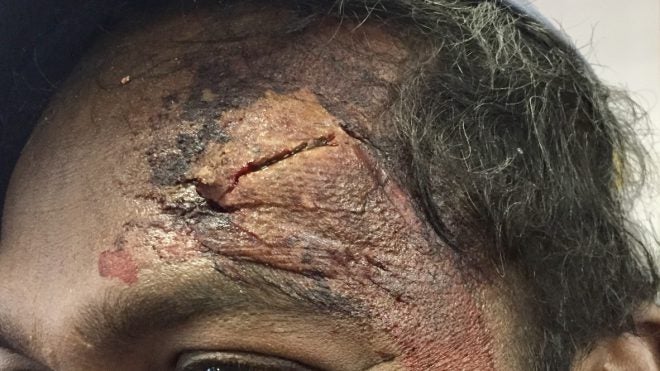Ask Doc: What Should be in My Medical Kit?
Doc Rader 09.27.16

This is probably the number one question I get asked, and I will give the same response I always give, “It Depends.”
It really does. It depends on your perceived threat and what you may need to fix. As an example, when we were conducting direct action raids, I carried tourniquets, chest darts, chest seals, and a metric ton of gauze and pressure bandages (along with my goto item of plastic wrap). I had a “kick out” bag in the helicopter for everything else. In contrast, when we were out doing “surveillance and reconnaissance” and would be living in a hide for 3-4 days, I carried IV bags (and saline locks) and electrolytes, and materials to make splints (much more likely to blow out an ankle than get shot).
You plan for your anticipated injuries because it is just not reasonable to carry everything for all emergencies. All you are doing is carrying a bunch of unnecessary crap, most of which are one purpose items.
How you learn to plan for those emergencies is with training. A crusty old medic once explained to me that the less comfortable you are with your level of training, the more you rely on toys and tools to do the job for you. So that is what I will pass on here. The most important tool in your medical kit is your brain. The second is tool is consistent practice of basic principles.
There are, however, a couple of items I will always carry because they have a bunch of uses. A blood pressure cuff. Why? Well, a blood pressure cuff is a great tourniquet. If you find one with a detachable hose and bulb, you can use the hose as a drinking tube, or low pressure irrigation device. You can use the hose and bulb to provide positive air pressure for getting a fire started (rather than say blowing on it). In a pinch you can use the surgical rubber tubing to help build an improvised slingshot. The bladder can be a float for a fishing line. Oh yeah, and you can take blood pressure with it.
Plastic wrap is another favorite in my kit (along with duct tape). It is a great bandage. You can see your dressing beneath it (to see if it is saturated with blood or fluids), it provides protection from external water and debris, and it will keep the tissue moist. It won’t stick to the wound (or burn, which is a huge issue in pain control). You can’t really apply too much pressure with plastic wrap, inadvertently creating a constricting band or tourniquet effect. If it gets soiled, you can rinse it off and reuse it in a pinch. It is significantly less bulky than gauze. You can use it to wrap and bind gear (e.g. to help support a blown zipper on a pack). You can use it for water collection (depending on your width) for either a solar still or for lining a container.
The best thing you can put in your kit is going to be based on what you are doing. Think through the most common injuries you may encounter, and then get the training to resolve those issues and more training to be able to improvise a solution from stuff you may have.
Mandatory Disclaimer (so none of you run off and start pretending to be medics): This article is not a replacement for actually receiving training. It is for your own personal knowledge and is based on best practices and standards of training.
If you have a burning question about a wilderness medicine related concept, feel free to send an email to docrader.tfb@gmail.com. I will pick a question (or two) each week to discuss. You can read about my background below.